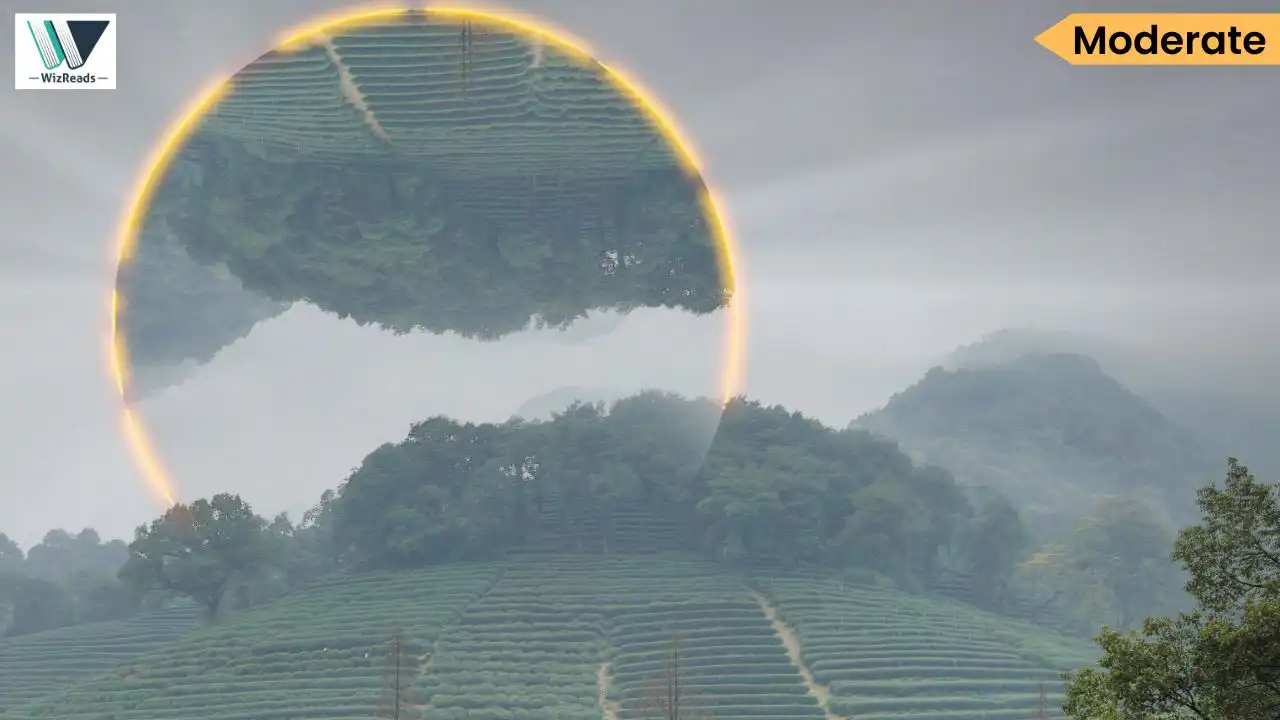
Newsletter Subscribe
Enter your email address below and subscribe to our newsletter

Enter your email address below and subscribe to our newsletter

Are parallel universes just science fiction fantasies or legitimate scientific theories? Could there really be infinite versions of you living different lives across multiple realities? These medium difficulty science technology passages explore the mind-bending cosmological concepts of multiverse theory, requiring careful analysis of how theoretical physics has transformed seemingly outlandish ideas into serious scientific hypotheses with profound implications for our understanding of reality.
Read these moderate difficulty RC passage(s) in Science Technology and Environment and answer the question(s) that follows. You can choose the GMAT style Reading Passage and the question or the GRE RC variant and answer the GRE-style question. Even better, you could solve both.
While science fiction narratives have long popularized the idea of parallel realities through entertaining depictions of alternate timelines, the scientific community largely dismissed such notions until theoretical physics began substantiating multiverse hypotheses in the late twentieth century. Today, modern cosmological theories encompass multiple interpretations of multiversal existence, each offering profoundly different perspectives on cosmic structure.
The Level I multiverse, for example, proposes that space extends infinitely beyond our observable horizon, mathematically necessitating duplicate regions—including replicas of Earth where one’s doppelgänger may exist approximately 10^118 meters away. In contrast, the more radical Level III quantum multiverse suggests that reality continually branches into divergent timelines whenever quantum events resolve. According to this model, a person deliberating between two job offers might accept both positions, with consciousness proceeding independently along each path, creating an ever-expanding network of parallel lives. Leading cosmologists remain divided over these competing models. Some favor the Level I interpretation for its mathematical simplicity and minimal reliance on unobservable assumptions. Others argue that the Level III framework better resolves persistent paradoxes in quantum mechanics, despite its counterintuitive implications. Nonetheless, both perspectives fundamentally challenge the once-unassailable idea of a singular universe, forcing a profound re-examination of humanity’s place within an increasingly complex and dynamic cosmological landscape.
The illustration serves primarily to translate the highly abstract concept of quantum branching realities into terms that readers can more easily comprehend through a familiar human experience (job decisions). The author introduces this example specifically to clarify how the Level III quantum multiverse differs from the Level I model by illustrating the concept of consciousness proceeding along different timelines after decision points. The example doesn’t suggest choices impact decision-making processes (option A), elevate human choices above quantum events (option B), make claims about practical applications (option C), or position consciousness as the cause of universe creation (option E)
Correct Answer: Choice (D)

Once confined to speculative fiction, the multiverse hypothesis has evolved into a serious scientific framework through physicist Max Tegmark’s influential taxonomy of four distinct classification levels. The Level I multiverse represents the most conservative interpretation, proposing infinite spatial regions beyond our observable universe that must, through probability, contain duplicate versions of our reality. Level II posits “bubble universes” with varying physical constants, emerging from the exponential expansion of spacetime during cosmic inflation.
More radically, the Level III multiverse arises from quantum mechanics’ many-worlds interpretation, suggesting that each quantum event creates branching realities diverging from our own. The most abstract, Level IV, proposes that all mathematically coherent structures must exist, regardless of similarity to familiar physical laws.
Although empirical verification remains elusive—since universes beyond our cosmic horizon are inherently unobservable—the framework’s ability to elegantly address fine-tuning paradoxes and quantum measurement problems continues to attract serious consideration. These developments highlight how theoretical innovation can push the boundaries of scientific inquiry even in the face of profound observational challenges.
The passage introduces Tegmark’s theoretical framework, presents a hierarchical classification of multiverse concepts (Levels I through IV in order of increasing abstraction), and concludes by addressing the scientific challenges of empirical verification. Option (A) incorrectly implies decreasing empirical support across all levels. Option (B) incorrectly suggests a focus on historical evolution. Option (D) mischaracterizes the content as competing hypotheses rather than a unified taxonomy. Option (E) incorrectly suggests the passage moves from consensus to speculation, when it actually presents an established classification system throughout.
Correct Answer: Choice (C)